Quintic Equations
A quintic equation is a polynomial equation of degree 5. It can be written in the general form:
ax5 + bx4 + cx3 + dx2 + ex + f = 0
Where a, b, c, d, e, and f are constants, and a ≠ 0. Solving a quintic equation involves finding the values of x that satisfy the equation.
Methods for Solving Quintic Equations
- Factorization: In some cases, a quintic equation can be factored to find its solutions. However, this method is not always applicable for quintic equations.
- Using Substitution: By making a substitution, such as letting y = x2, a quintic equation can be transformed into a quartic (degree-4) equation, which may be easier to solve.
- Numerical Methods: When exact solutions cannot be found, numerical methods such as the Newton-Raphson method can be used to approximate the roots of a quintic equation.
- Galois Theory: The general solution to a quintic equation can be expressed using the concepts of Galois theory, but this method is complex and beyond the scope of this study guide.
Study Tips
When studying quintic equations, it's important to:
- Understand the properties of polynomial equations and how they relate to quintic equations.
- Practice factoring higher degree polynomials to improve factorization skills.
- Be familiar with substitution techniques and how they can simplify the solving process for quintic equations.
- Explore numerical methods for approximating roots, and understand their limitations and advantages.
- Consider the historical context and mathematical significance of the unsolvability of the general quintic equation using radicals.
Remember, solving quintic equations can be challenging, but with practice and a solid understanding of the methods involved, you can master this topic!
.◂Math Worksheets and Study Guides Seventh Grade. The Pythagorean Theorem
Study Guide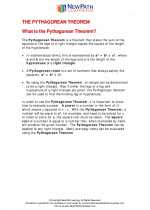 The Pythagorean Theorem
The Pythagorean Theorem  Study Guide
Study Guide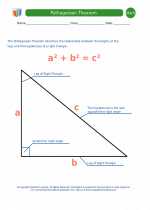 Pythagorean Theorem Definitions
Pythagorean Theorem Definitions  Worksheet/Answer key
Worksheet/Answer key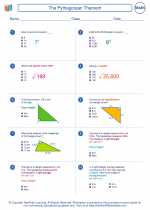 The Pythagorean Theorem
The Pythagorean Theorem  Worksheet/Answer key
Worksheet/Answer key The Pythagorean Theorem
The Pythagorean Theorem  Worksheet/Answer key
Worksheet/Answer key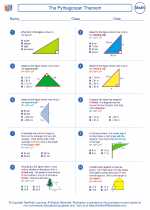 The Pythagorean Theorem
The Pythagorean Theorem  Worksheet/Answer key
Worksheet/Answer key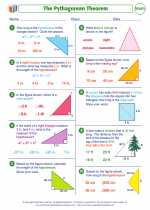 The Pythagorean Theorem
The Pythagorean Theorem  Worksheet/Answer key
Worksheet/Answer key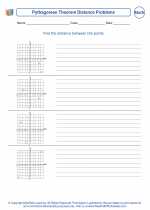 Pythagorean Theorem Distance Problems
Pythagorean Theorem Distance Problems  Worksheet/Answer key
Worksheet/Answer key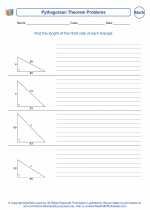 Pythagorean Theorem Problems
Pythagorean Theorem Problems  Worksheet/Answer key
Worksheet/Answer key Pythagorean Theorem Distance Problems
Pythagorean Theorem Distance Problems  Worksheet/Answer key
Worksheet/Answer key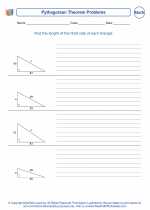 Pythagorean Theorem Problems
Pythagorean Theorem Problems  Worksheet/Answer key
Worksheet/Answer key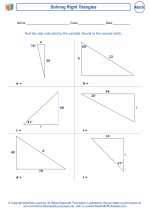 Solving Right Triangles
Solving Right Triangles  Worksheet/Answer key
Worksheet/Answer key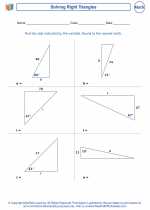 Solving Right Triangles
Solving Right Triangles 

 Study Guide
Study Guide
 Worksheet/Answer key
Worksheet/Answer key
 Worksheet/Answer key
Worksheet/Answer key
 Worksheet/Answer key
Worksheet/Answer key
 Worksheet/Answer key
Worksheet/Answer key
 Worksheet/Answer key
Worksheet/Answer key
 Worksheet/Answer key
Worksheet/Answer key
 Worksheet/Answer key
Worksheet/Answer key
 Worksheet/Answer key
Worksheet/Answer key
 Worksheet/Answer key
Worksheet/Answer key
 Worksheet/Answer key
Worksheet/Answer key

The resources above cover the following skills:
Geometry (NCTM)
Analyze characteristics and properties of two- and three-dimensional geometric shapes and develop mathematical arguments about geometric relationships.
Create and critique inductive and deductive arguments concerning geometric ideas and relationships, such as congruence, similarity, and the Pythagorean relationship.